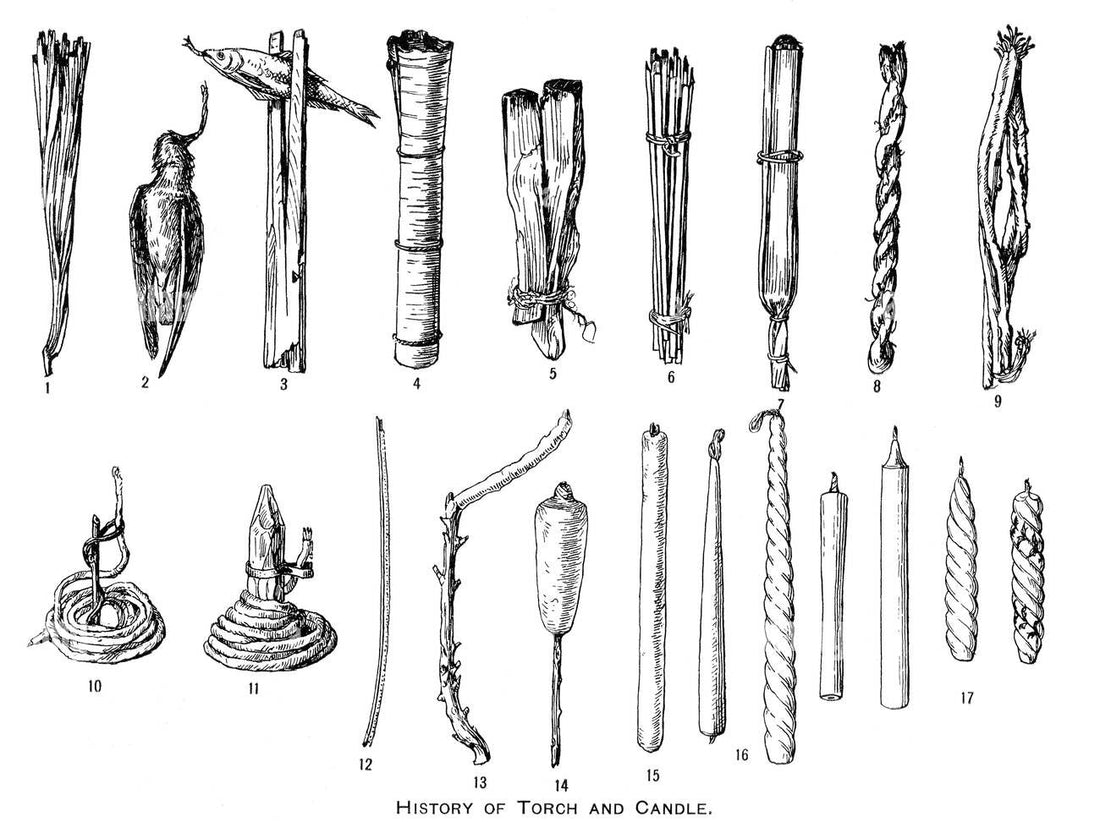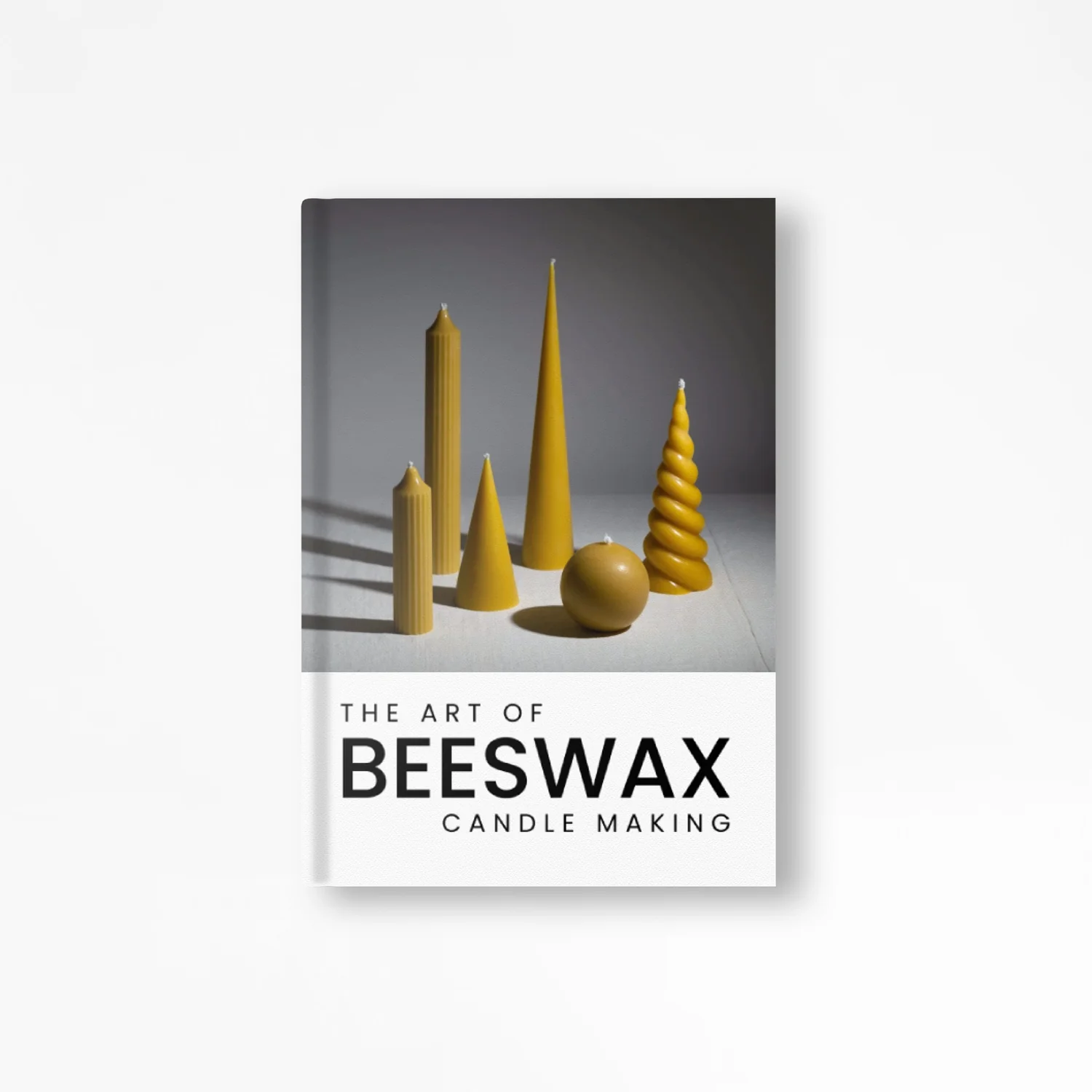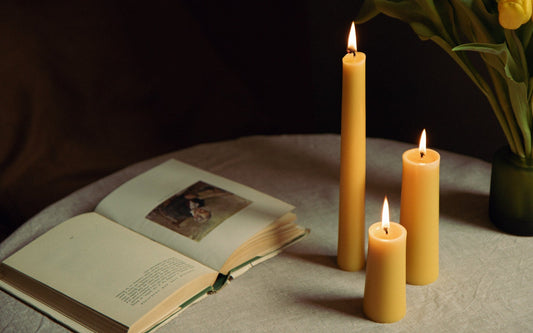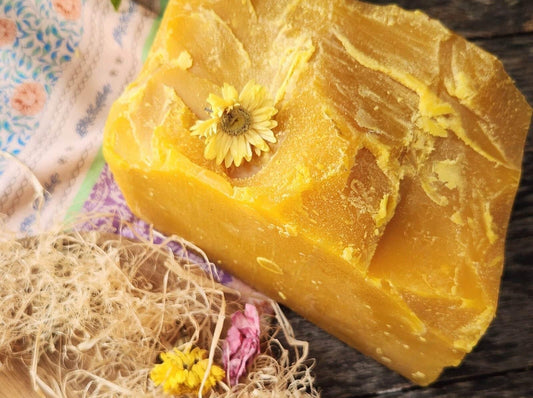The candle, a simple yet indispensable source of light, has illuminated the paths of human history for thousands of years. Its discovery and evolution reflect not only advancements in technology but also the enduring human quest for illumination in both literal and metaphorical senses. Join us on a journey through time as we explore the fascinating story of the discovery of the candle and its transformation into the modern beacon of light.
The Dawn of Fire: Prehistoric Origins
Long before the advent of candles, our ancestors relied on fire for warmth, protection, and illumination. The discovery of fire, a pivotal moment in human evolution, marked the beginning of our mastery over the elements. Early humans likely used torches made from natural materials such as sticks and animal fats to light their way in the darkness, laying the groundwork for the invention of the candle.
Ancient Innovations: The Birth of the Candle
The earliest known candles date back over 5,000 years to ancient civilizations such as those of Egypt and Mesopotamia. These early candles were likely made from a combination of tallow (animal fat) and plant waxes, molded into rudimentary shapes and fitted with primitive wicks. While these early candles were far from perfect—often producing smoky, uneven light—they represented a significant leap forward in lighting technology.
The Roman Legacy: Refinement and Innovation
The ancient Romans played a pivotal role in refining candle-making techniques and popularizing their use across the empire. Romans are credited with introducing the concept of dipped candles, where wicks were repeatedly dipped into melted wax to create more uniform and long-lasting illumination. Additionally, the use of beeswax, prized for its clean-burning properties and pleasant aroma, became increasingly common among the elite.
Medieval Advancements: Guilds and Specialization
During the Middle Ages, candle-making evolved into a specialized craft, with the establishment of guilds and trade associations dedicated to its production. Candle makers, known as chandlers, experimented with various materials and techniques to improve the quality and performance of candles. Beeswax candles, in particular, gained popularity in churches and religious ceremonies, symbolizing purity and divine light.
The Industrial Revolution: Mass Production and Standardization
The advent of the Industrial Revolution in the 18th and 19th centuries revolutionized candle-making, ushering in an era of mass production and standardization. Innovations such as the stearin candle, made from a derivative of animal fat, and paraffin wax, derived from petroleum, enabled the production of affordable and long-burning candles on a massive scale. As candles became more accessible, they found widespread use in homes, businesses, and public spaces.
Modern Innovations: The Era of Specialty Candles
In the modern era, candles have evolved beyond mere sources of light to become versatile lifestyle products catering to diverse tastes and preferences. From scented candles infused with essential oils to decorative candles crafted in intricate designs, the market offers a plethora of options to suit every occasion and ambiance. Additionally, eco-conscious consumers are driving demand for sustainable candles made from natural, renewable materials.
Conclusion:
The discovery and evolution of the candle are a testament to humanity's ingenuity, creativity, and quest for enlightenment. From humble beginnings as flickering flames in the darkness to modern marvels of design and functionality, candles have transcended their utilitarian origins to become timeless symbols of warmth, comfort, and celebration. As we continue to navigate the ever-changing currents of history, may the enduring glow of the candle serve as a beacon of hope and inspiration, guiding us through the darkest of times towards a brighter, more illuminated future.










